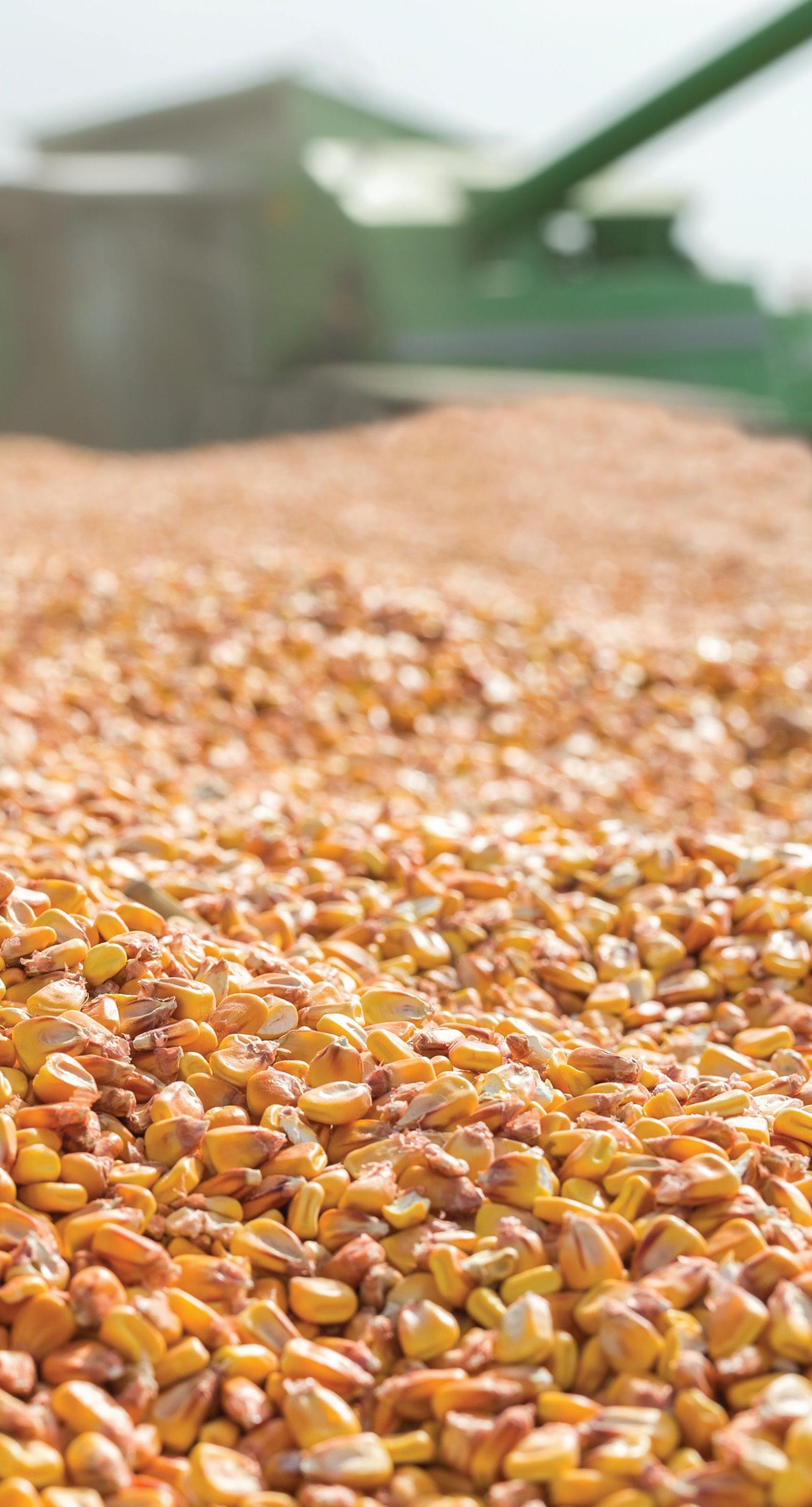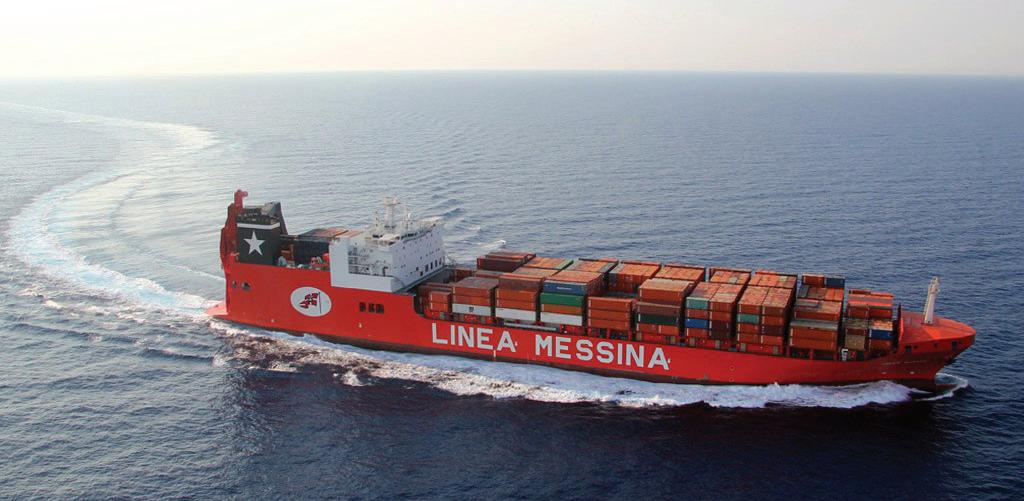
7 minute read
Food deficit in south Africa blamed on Loss, Waste
According to the Department of Environment, Forestry, and Fisheries’ (DEFF) 2020 Waste Management Report, in 2018, South Africa generated 55 million tons of general waste, with only 11% of this waste being diverted from landfills. More than 50% of this is organic waste, of which food waste is in all likelihood a major contributor.
The wasted resources used to produce this food that ends up in landfills and the negative impact it has on our environment are serious warning signs that must be heeded and addressed with urgency. We have too many South African households experiencing acute food shortages not to tackle this problem. We’re also experiencing severe constraints regarding the availability of landfill space.
Advertisement
We need to be more innovative and creative around how we manage surplus food and intercept it early enough for it to be usable. One way to manage this better is the introduction of laws that make dumping and incinerating edible usable food illegal.
France, four years ago, was the first country in the world to ban supermarkets from throwing away or destroying unsold food, forcing them instead to donate this to charities and food banks (The Guardian International Edition: 2016). Campaigners now hope to persuade the European Union to adopt similar legislation among member states.
What is very encouraging and exciting is that, following France’s bold move, countries like Norway, Australia, Italy, Denmark, Dubai, Japan and South Korea have all either set hard targets for the reduction of food waste by companies or created an environment that makes it easier for companies to donate surplus food. We need similar action in South Africa.
Another important recent development in South Africa is that food manufacturers, suppliers and retailers have committed to a landmark voluntary agreement to reduce food waste and loss.
The agreement will mark the beginning of initiatives to ensure that surplus food which is still safe for human consumption can be donated to serve needy families in South Africa. The Consumer Goods Council of South Africa’s (CGCSA) Food Safety Initiative (FSI) has already partnered with the Department of Trade and Industry to secure funding from the SAEU Dialogue Facility to support the initiative.
FoodForward SA has been part of these discussions for a while now and we are excited for the opportunities that this will bring to organisations like FoodForward SA. This initiative speaks directly to what FoodForward SA focuses on and which we believe is a more effective and cost-effective way to address food insecurity.
A third area where we can be more proactive is to have accurate data collection at the actual origin of the various waste streams and volumes. We can put proper measures in place for improved implementation of food waste management. Transparency in terms of disclosure, monitoring and reporting of ‘waste’/surplus food is critical.
The DEFF is working towards reducing carbon emissions and mitigating climate change, which is key to a more sustainable socio-economic development plan and ensures the stability of the country’s natural resources, systems and environment. One of the targets set by DEFF is to prevent waste and where waste cannot be prevented to ensure 40% of waste is diverted from landfill within 5 years, 55% within 10 years and at least 70% within 15 years. While this is a step in the right direction, these targets are not enough given the magnitude of the problem. More stringent targets are needed within the next 5 – 7 years.
Food security and national development are mutually dependent. Nutrition is critical to educational outcomes and success in the job market. If we fail to ensure that all our people in South Africa have access to sufficient nutritious and safe food, it will have devastating consequences for our development as a nation.
We, therefore, call on all the actors within the consumer goods supply chain to work with organisations like FoodForward SA that have a national footprint and impact, along with the required infrastructure and logistics capacity, to donate surplus food timeously so that we can use this food to address food insecurity at a national level and realise the right to food for all our people.
Ignazio Messina & C.
The secret of specialization

Let’s start with some historical facts: Ignazio Messina & C. started operating in 1921 as a familiy enterprise and, over the last century, gradually expanded until it become one of the main Italian shipping companies in the world, dealing with the challenges of global competitiveness.
Today, Ignazio Messina & C. provides regular liner services that connect the Mediterranean to Africa, the Middle East, and the Indian subcontinent, reaching more than 50 ports and supplying over 40 different countries. Thanks to the development of an efficient ground logistic system, the company serves more than 100 inland destinations in Africa, the Middle East and India, as well as in Europe.
History and tradition have allowed Ignazio Messina & C. to acquire greater and greater ability and experience in developing avant-garde solutions for moving and stowing special cargos. Thanks to several important investments in highly specialized RoRo ships and equipment such open top, platforms, and mafi trailers, today the company is able to offer regular scheduled services for project cargos even if they have outstanding size and weight.
“A strong advantage of our company – as CEO Ignazio Messina says - is without a doubt its property fleet that has been totally renewed during the last years: it is composed by last generation ro-ro container ships, whose projects have completely designed in-house by the company, proudly flying the Italian flag.These eco-friendly ships are equipped with high-tech anti-pollution system such as an innovative gas cleaning system able to operate both in navigation and in port. They also obtained the Greenplus certification from the Italian Register, Rina.But, above all, they are highly specialized vessels, with a unique operational flexibility: in fact, they can efficiently operate even in unequipped ports because they can load trough their ramp every kind of heavy or special cargo”.
So, let’s see some figures: the ramp is specifically designed to allow boarding heavy lift cargo for more than 350 tons, thanks to a total 12,5 metres draft as useful passage. The stern door is 27 metres wide and 7 metres high.
The new vessels are 240 metres long by 37,50 wide; with a 3.900 teu and 6.350 metres of ro-ro cargo capacity, 21.5 knots speed.
We can say that every branch of Ignazio Messina & C. organization is characterized by a strong specialization: in fact there is a dedicated team for project cargo and extremely qualified in exceptional/special shipments, with reference not only to sea transportation, but also for inland and intermodal logistics.
Between the main assets of Ignazio Messina & C. we can find its IMT, Intermodal Marine Terminal based in the Port of Genoa: it is a real multipurpose terminal, a complex capable of moving any type of cargos, except for liquids and dry bulk: containers, rolling cargos, general cargos, equipment, yachts, boats and special cargos.
The port area of IMT is about 253,000 square meters and it will become 316,000 sq. m. as soon as the works to fill up the water space between Molo Ronco e Molo Canepa will be completed.
It has a 1,300-meter-long dock that can host 5/6 ships, two berth are equipped with mast steps for ro/ ro units. The medium draught is 13 meters deep. The range of equipment is really wide and includes: 4 shipto-shore cranes, 2 transtainer cranes and a mobile one; in the loading area work 12 reach-stackers, 22 fork lifts, 25 tug masters, 23 trailers and 8 roll trailers.
IMT has a total storage capacity of 10,000 TEUs, with a special area reserved for dangerous goods (for a maximum of 305 TEUs); moreover, we provide 350 plugs for refrigerated containers, up to 7,000 cubic meters and is directly connected to the railway and motorway networks through several private gates.
In addition to the headquarter in Genoa, Italy, the Ignazio Messina & C. can boast:
- commercial offices in Italy: Modena and Naples; - representation commercial offices in Europe: London, Barcelona and Valencia; - controlled agencies in Europe: Marseille; - controlled agencies in Africa: South Africa (Durban, Cape Town, Johannesburg), Côte d’Ivoire (Abidjan), Senegal (Dakar), Kenya (Mombasa, Nairobi), Tunisia (Tunis), Uganda (Kampala) and Mozambique (Maputo).







